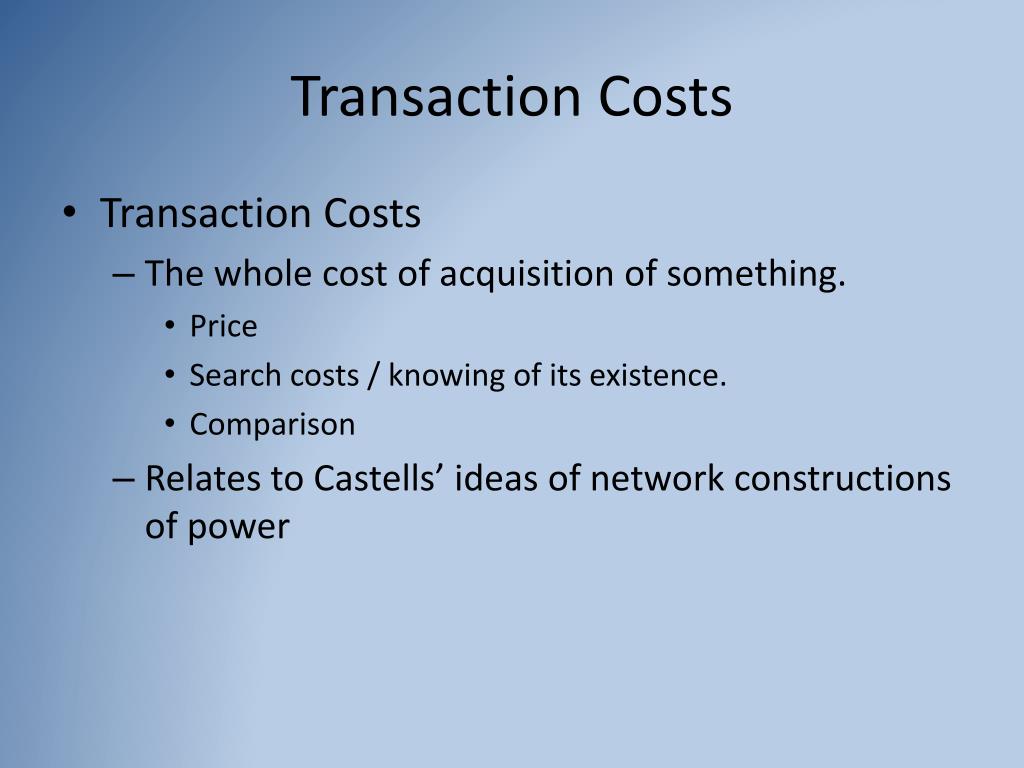

Problems arise when the market has only one buyer and one seller (bilateral monopoly) or only a few buyers and a few sellers (bilateral oligopoly). The number of buyers and sellers in a market is the most critical-although the least permanent-variable determining VMF. None of these features, taken individually, necessarily signifies a vertical market failure (VMF), but when they are all present, chances are good the market has failed.īuyers and sellers. In addition, broader issues that affect all markets-uncertainty, bounded rationality, and opportunism-play a special part in a failed vertical market. The typical features of a failed vertical market are (1) a small number of buyers and sellers (2) high asset specificity, durability, and intensity and (3) frequent transactions. Vertical market failureĪ vertical market "fails" when transactions within it are too risky and the contracts designed to overcome these risks are too costly (or impossible) to write and administer. The first reason-vertical market failure-is the most important one. Some of these are better reasons than others. The market is young and the company must forward integrate to develop a market, or the market is declining and independents are pulling out of adjacent stages. Integration would create or exploit market power by raising barriers to entry or allowing price discrimination across customer segments or

The market is too risky and unreliable-it "fails" Ĭompanies in adjacent stages of the industry chain have more market power than companies in your stage There are four reasons to vertically integrate: Vertical integration typically reduces some risks and transaction costs, but it requires heavy setup costs, and its coordination effectiveness is often dubious. The tough part is that these criteria are often at odds with each other. It is more effective, lower cost, and lower risk to combine these two stages under common ownership.Įxhibit 1 lists the kinds of costs, risks, and coordination issues that should be weighed in the integration decision. Transaction costs and the risk of exploitation would be high. The fixed asset technologies and frequency of transactions would dictate a market structure of tightly bound pairs of buyers and sellers that would need to negotiate an almost continuous stream of transactions. These two processes are almost always under common ownership, although occasionally hot metal is traded for several months in 1991, Weirton Steel sold hot metal to Wheeling-Pittsburgh, almost ten miles away. Hot metal is produced in blast furnaces, tapped into insulated ladles, and transported in molten form at about 2,500 degrees perhaps 500 yards to the steel shop, where it is poured into steel-making vessels. Consider hot-metal production and steel making, two stages in the traditional steel industry chain. "Vertical integration" is simply a means of coordinating the different stages of an industry chain when bilateral trading is not beneficial. Finally, it presents a framework for making the decision. It discusses when to vertically integrate, when not to integrate, and when to use alternative, quasi-integration strategies. This article is intended to help managers make better integration decisions. Rumelt, Strategy, Structure, and Economic Performance, Cambridge, MA, Harvard University Press, 1974. Management's track record on vertical integration decisions is not good. Vertical integration can be a highly important strategy, but it is notoriously difficult to implement successfully and-when it turns out to be the wrong strategy-costly to fix. The primary message: don't vertically integrate unless it is absolutely necessary to create or protect value. It examines four common reasons to integrate and warns managers against a number of other, spurious reasons.

This article develops a framework to help managers decide when it is useful to vertically integrate and when it is not.

Yet some companies jump into it without an adequate analysis of the risks. Vertical integration is a risky strategy-complex, expensive, and hard to reverse.


 0 kommentar(er)
0 kommentar(er)
